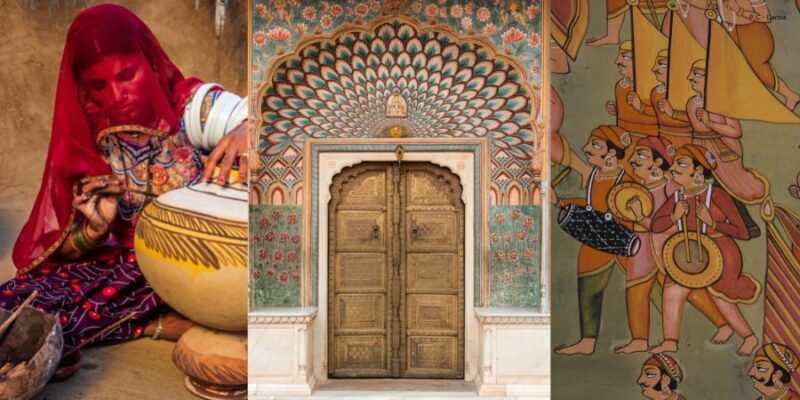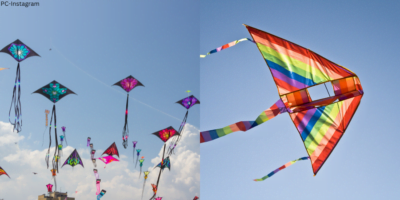India is the epicentre of diversity. Indian culture, heritage, and art forms are well-known and are highly regarded throughout the world for their incredibly intricate work that can be seen in all parts of the country, each carrying its own distinctiveness. These Hidden Gems are simply breathtaking.
Many thanks to the rapid chain of connectivity which makes it easy for anyone to reach an artist’s doorstep in just a click. But with reels gaining attention, paints are losing hope. These exclusive art forms are likely to go extinct in the modern world. Here are 7 Tucked away Hidden Gems of Indian Forms Of art that have survived and thrived throughout the pull and push of time. The hidden gems of India range from the unusual art of creating clay carvings to the lost Rajasthani puppetry art. Discover the most stunning hidden gems in India by reading on!
1. The Puppetry Art

The traditional art form of puppetry, which dates back to about 3000 years ago, was first developed in India. The various looks of Indian puppetry accumulated with each region adding its own distinctive touch. Did you know that India has over 50 different varieties of puppetry.
Yes, the kids thoroughly enjoy everything from glove marionettes from Bengal to string puppets of Orissa to shadow puppets from Karnataka. Children in ancient times experienced unrivalled joy from seeing moving objects that were accompanied by captivating folk tales. It has, regrettably, been replaced by cutting-edge digital technology. The lost art of puppetry needs to be revived because it is in danger of going extinct. Beyond doubt, Bangopootool Puppets is doing its best to preserve the puppetry of Bengal but there is much more need to be done.
2. Dokra Painting

Named after the Dokra Damar tribes, who were the metalsmiths from West Bengal, Dokra is a significant Brass craft that has been in India since Indus Valley Civilization. Tracing its roots back some 4000 ago years ago, this enchanting art uses a lost-wax technique to make folk motifs including horses, elephants, peacocks, owls, etc. One of the oldest Dokta artefacts dates back to the Harrapan civilization, named the dancing girl of Mohenjo-Daro. Today very few artisans are left who have been practising these Indian art forms and can only be preserved through effective awareness.
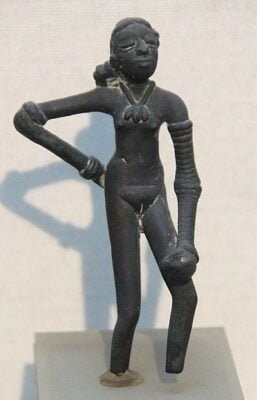
3. Embroidery in Parsi

Parsi embroidery, one of the many textiles produced in India, is a hidden gem that has been popular for a very long period of time. Iranian culture gradually merged with Chinese, European Persian, and Indian cultures and gave birth to this art form. This textile heritage features deft and intricate animal or floral motifs that are enchanted with their distinctive patterns and designs.
It is unique that each piece of cloth is meticulously and dedicatedly made over the course of nine months. This Indian traditional art form is being preserved due to growing interest in the fields of handicrafts & traditional textiles. But yet a lot more attention needs to be given to this amalgamation of cultural ones in the form of art.
Arts that find new introduction are the result of one person’s endless determination, like Gujarat’s threadwork found its reincarnation due to Pabiben Rabari who is Giving New Shades Of Entrepreneurship To The Indian Culture Of Kutch Embroidery – World-Renowned Artist
4. Ganjifa

Once supported by the royal family of Mysore this Indian card game “Ganjifa” is gradually losing its charm. It originated from the Persian word “Ganjifeh,” which means playing cards and was primarily played during the Mughal Period. The traditional hand-painting done on cards gives Ganjifa its authenticity.
Ganjifa was not only regarded as a form of entertainment but was also well-known for the unique designs on the cards, which were primarily the indulgence of the wealthy. Numerous artisans created miniature paintings but due to the gradual decline in the physical game culture, this hidden gem is also losing its charm.
5. Mithila Art
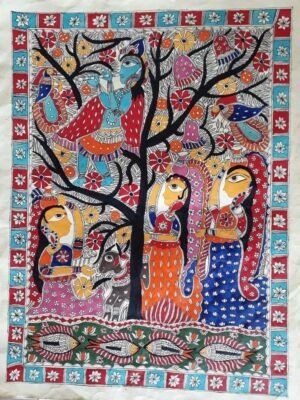
The Indian state of Bihar is where the 2,600-year-old Mithila Art, also known as Madhubani Art, first appeared. Among other significant motifs, the paintings in Mithila art depict folk tales from the Ramayana that show Lord Rama getting married, leaving for canvas etc. Mithila art is unique because it is created using a traditional technique. Madhubani paintings were traditionally created by women using their fingers, matchsticks, twigs, and pen nibs.
You will undoubtedly be enchanted by the Mithila painting’s majestic grandeur and beauty. Unfortunately, the majority of artists found alternative means of livelihood and the decline in the public interest in handmade art causes a significant negative impact on the creation of this art.
6. The Naga handicraft
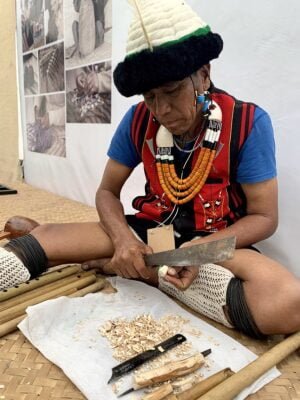
The Nagas are well known for their deeply ingrained indian culture, which is very evident in their artwork and handicrafts. The tribe is renowned for producing unique handicrafts from wood, cane, and other easily accessible forest raw materials. This tribe produces really stunning handicrafts like baskets, bowls, decor, carved benches, shawls, scarves, and bags.
Thankfully, the tribe still participates in expos to advertise its craft, but we are aware that these goods won’t be accessible for an excessively long time due to the declining rate of demand, and lack of interest of the new generation in these hidden gems of India.
7. Mata Ni Pachedi
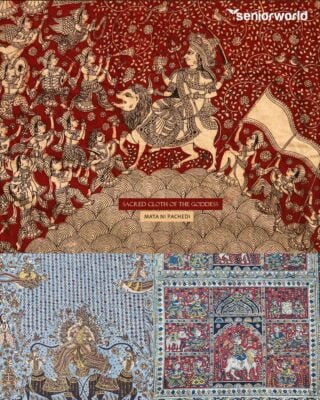
Due to its uncanny resemblance with kalamkari from south India, Mata ni Pachedi from Gujrat is commonly referred to as the “Kalamkari of Gujarat.” The intriguing origin story of Mata ni Pachedi began in the Vaghari Society of Gujrat, where it was forbidden for women to enter temples. Women began to worship the Goddess by making illustrations on cloth as a form of protest. Many artists have revived this lost art form; you can learn Mata ni Pachedi and discover the beauty of conventionally complex Indian folk art forms.
If you loved reading this story, you can also read Entrepreneur Earns Rs 2 Lakh/Month By Making Eco-Friendly Products; Empowers Local Artisans
If you know about more inspirational stories about any person, company, new idea, or social initiative, and want us to write it on mad4india.com, share such information with us on Instagram, Facebook or LinkedIn.
